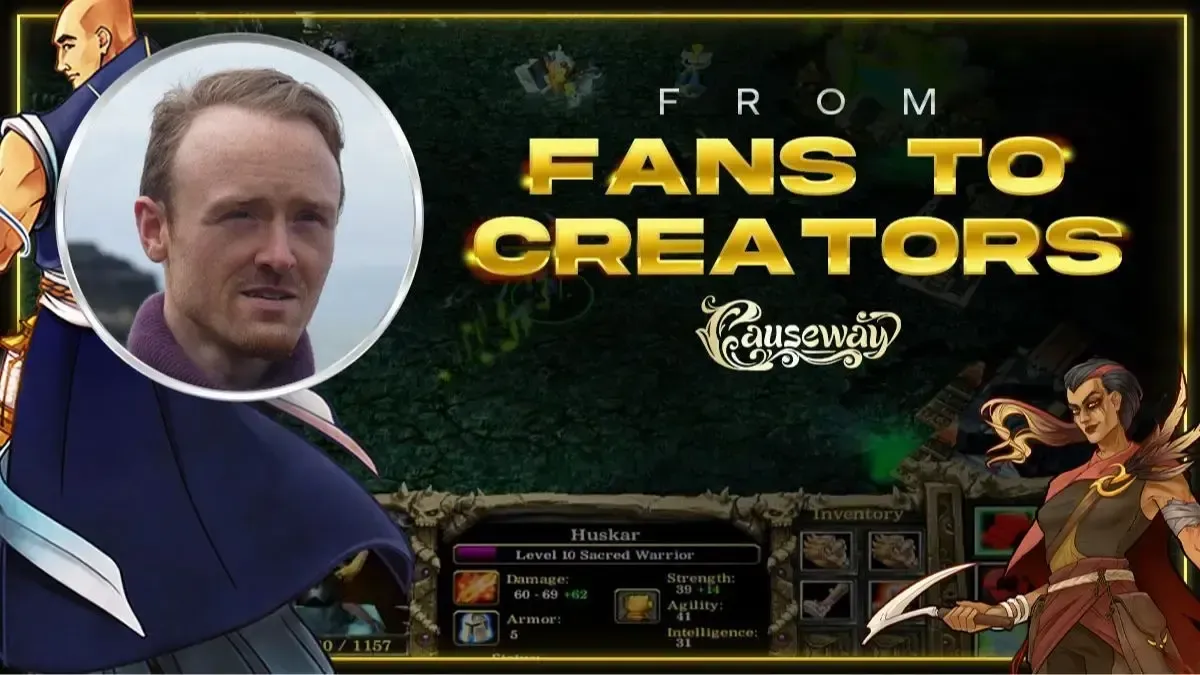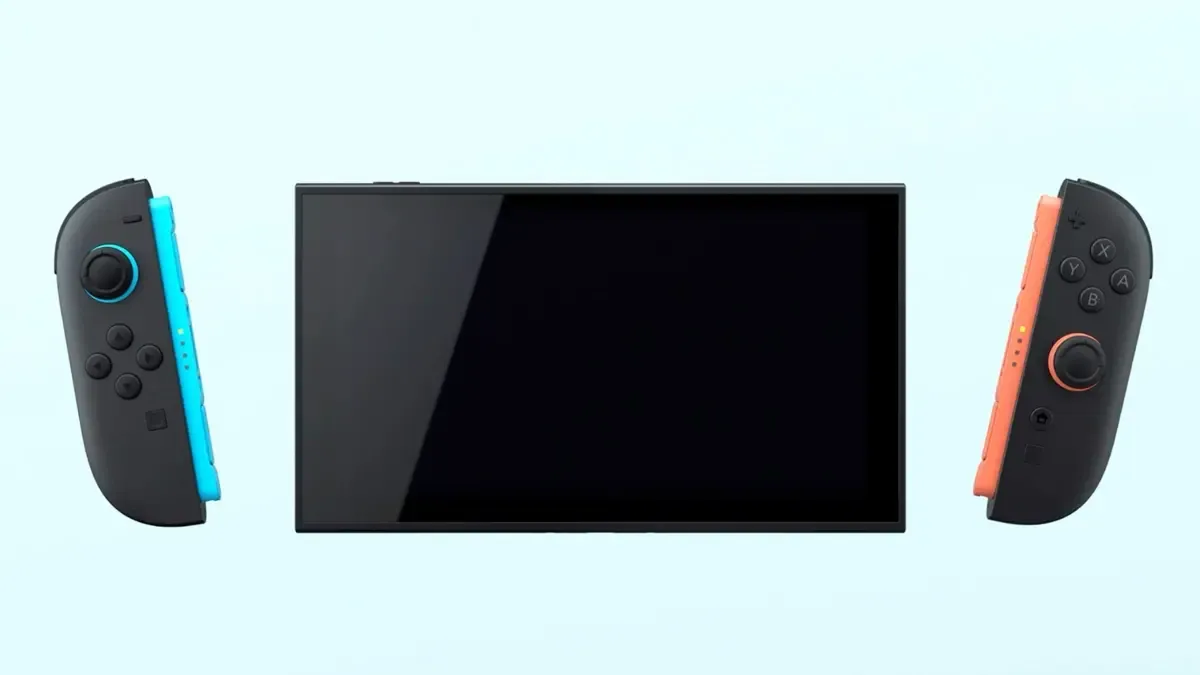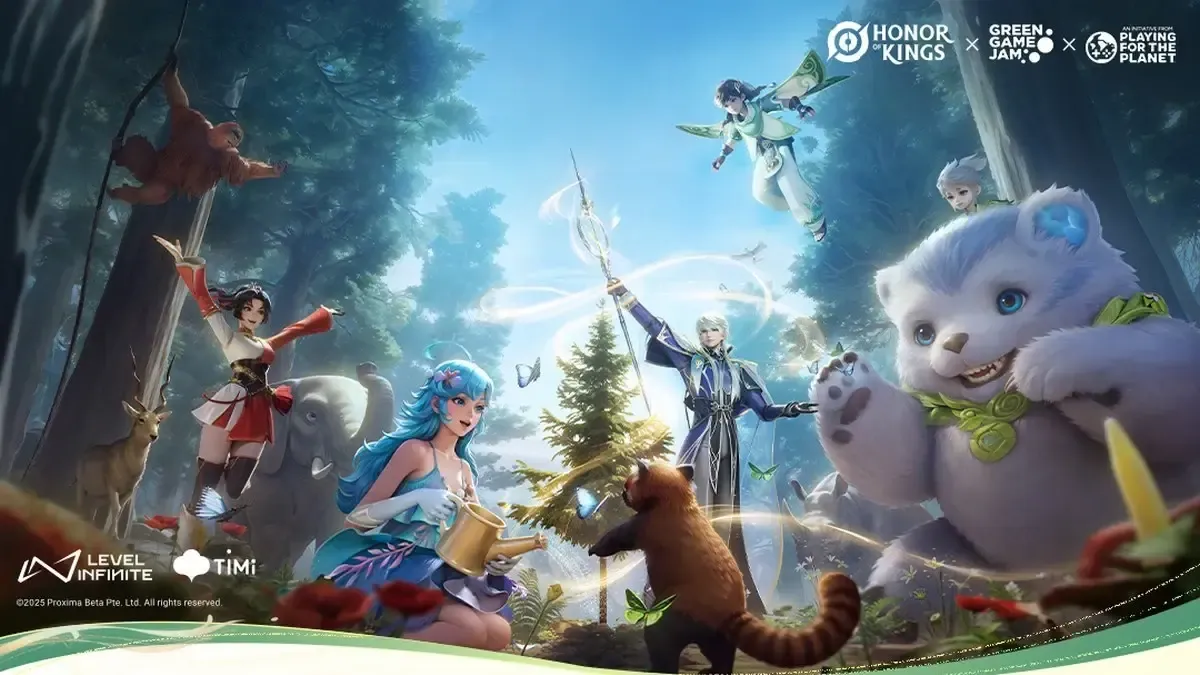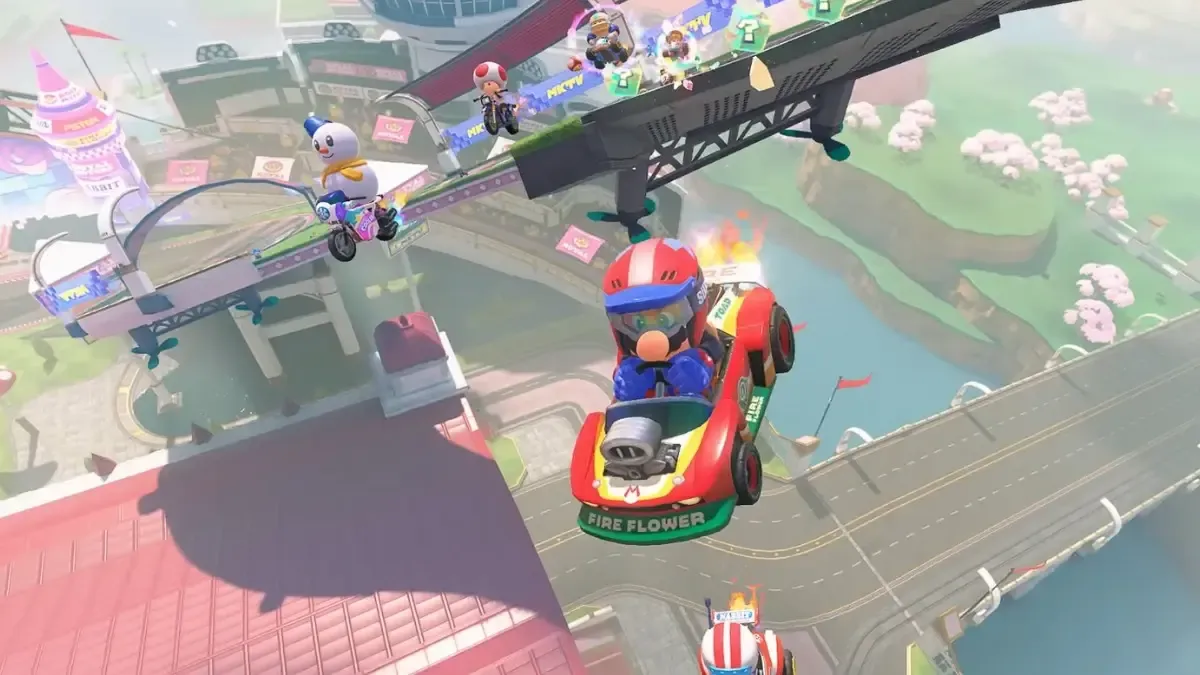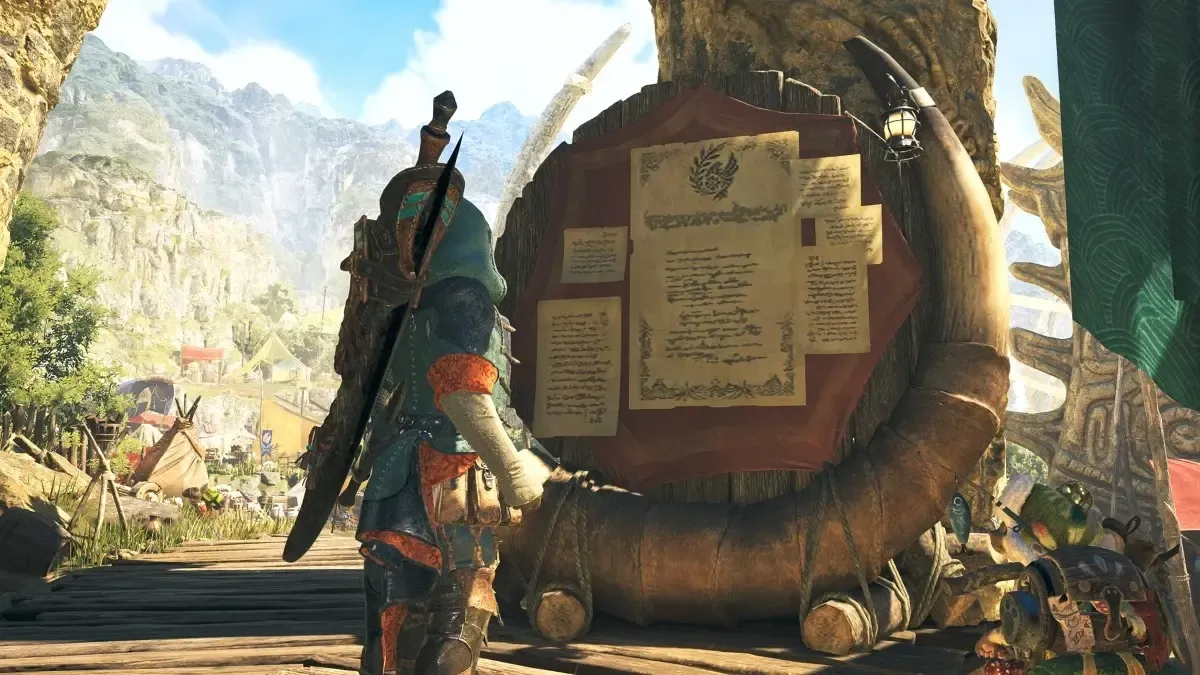What happens when a DotA fan decides to make their own MOBA? We talked to Kybolt’s Sean Carlton to find out.
Most game developers are big fans of video games. Shocking, I know! Game development is an infamously difficult process to be a part of, as video games get increasingly complicated and more expensive to create year after year. Money has a lot to do with how this industry stays afloat, sure, but developers can never be discounted in the success of their creations. Games are a powerful engine for storytelling, and stories inspire people. Some stories inspire people enough to write their own stories, and many of the games you love come from people who were inspired by other games they loved.
Take Sean Carlton from Kybolt, for example - an ex-DotA modder back in the game's early Warcraft 3 days - who seeks to improve upon multiplayer gaming with a new MOBA that takes aim at player toxicity.
All creators are fans, really

Videogames are unique. They bundle up many different forms of media into one: the visual medium of text and art, the aural medium of sound and music, and the interactive medium of gameplay and player choice come together to form a very different experience than say, picking up a book or listening to a song. Thus, game developers tend to draw inspiration from a variety of sources to create something that's fun to play from every angle. For example, the story of Naughty Dog’s The Last of Us was inspired by movies like Children of Men and Sin City. On the other hand, Uncharted was very obviously a tribute to classic adventure stories like Raiders of the Lost Ark and National Treasure.
However, The Last of Us was also heavily influenced by a game called Ico (2001), Team Ico’s forerunner to the timeless classic Shadow of the Colossus. Game director Neil Druckmann had been toying with an old student game idea revolving around a man protecting a girl much like Ico, only with hardboiled characters from Sin City. This idea only later evolved into The Last of Us, but the core dynamic that makes the game a classic - Joel and Ellie’s slowly evolving parent-child relationship - would never have come to be if Druckmann hadn’t played Ico and liked it so very much.
Perhaps the most famous example of a contemporary title drawing inspiration from a classic is Stardew Valley. Game developer Eric Barone AKA ConcernedApe graduated from university with the aim to improve his computer skills, and decided that the best and most fun way of going about it would be to develop a game from scratch. Being a fan of the classic Harvest Moon (now Story of Seasons) farming sim franchise, he decided to craft his own take on it.
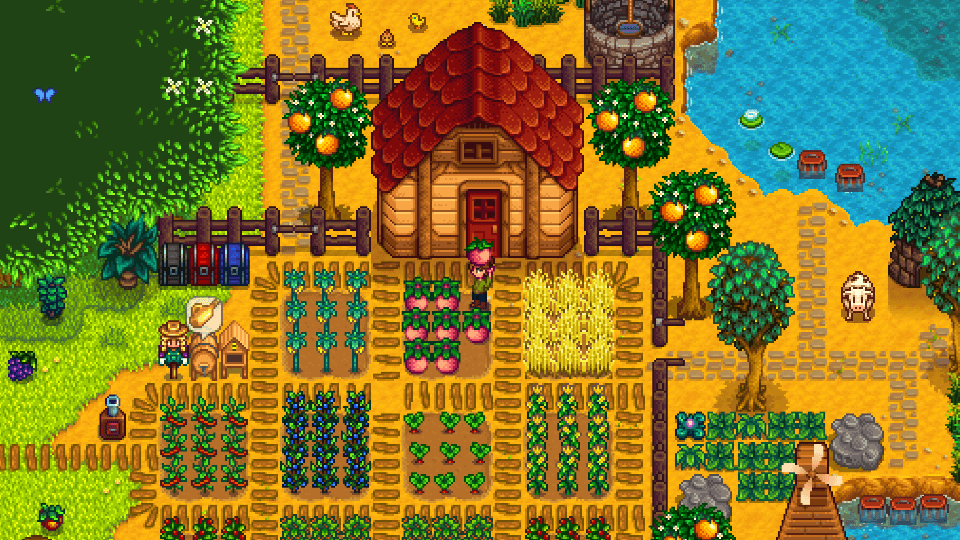
His reason for doing so didn’t just come out of pure love for the franchise, however, but a bit of spite too. He felt that the Harvest Moon games had gotten, “progressively worse,” after 1999’s Harvest Moon: Back to Nature. He made Stardew Valley to, “address the problems,” he had with the current state of the franchise, which had all the elements of a perfect farm sim game without a title that, “ever brought it all together in a perfect way.” Incidentally, I am a massive Harvest Moon as well, and I happen to agree. Back to Nature’s ugly 3D visuals, lack of charm, and repetitive gameplay forced me to put a franchise that I loved very much down for good, with no real alternatives besides Rune Factory. Stardew Valley was the best Harvest Moon game to never come out of the franchise.
A more recent example is Sea of Stars, which wears its love for the classic RPG Chrono Trigger on its sleeve. Developer Sabotage Studio has made its bones by creating retro-styled games inspired by genre classics. Ninja Gaiden and Chrono Trigger inspired its previous game The Messenger, but Sea of Stars dives fully into the latter for a more complete tribute. The gorgeous pixel art and breathtaking visuals draw clear comparisons to the 1995 Square game, but the game also features ten tracks of music from Chrono Trigger’s composer Yasunori Mitsuda - making it clear that such comparisons weren't only justified, but in fact the entire point.
And while we’re at it, how about game developers copying each other’s homework and inadvertently creating an entire genre in the process? Castlevania: Symphony of the Night plucked several gameplay elements from Super Metroid, including its iconic backtracking and byzantine map, and ended up creating the template for the MetroidVania genre. If these games hadn’t become as iconic as they are, we wouldn’t have Hollow Knight, Prince of Persia: The Lost Crown, Ori, and the Blind Forest and so much more. Games have always been built on top of other games.
A short summary of Dota’s journey
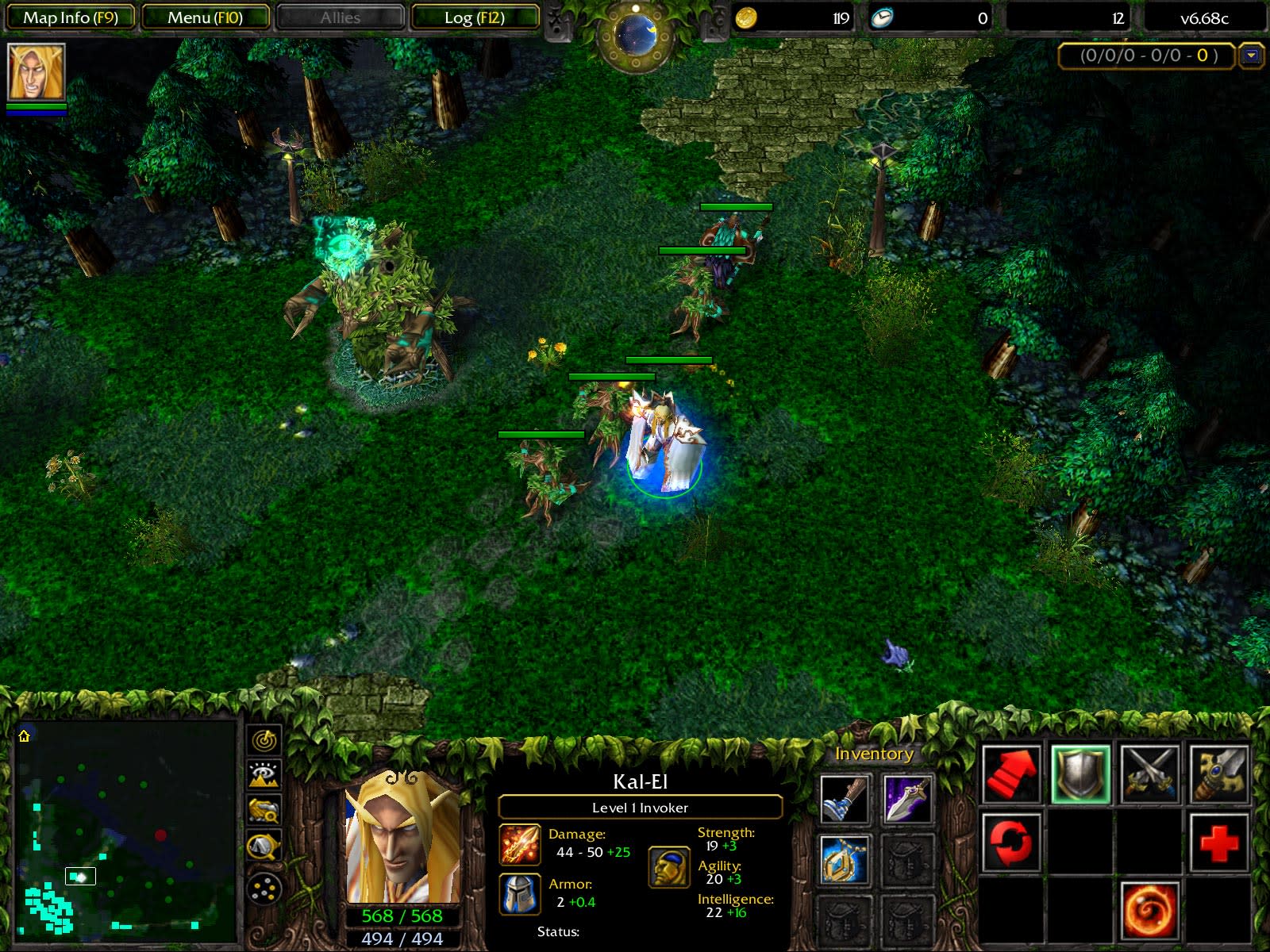
Many of our readers should be familiar with DOTA 2’s development history by this point, but here’s a condensed version just in case: the game began its life as a custom mod for Warcraft 3: Reign of Chaos called Defense of the Ancients in 2003, building a template for modern MOBAs as we know them today. Valve then picked up the DOTA IP to flesh out a modern sequel a few years later, though the company did first have to settle a complicated dispute with Blizzard Entertainment over ownership of the Warcraft 3 World Editor and the DOTA name. Valve forged onwards with DOTA 2, and the rest is history.
Now, back in Defense of the Ancients (DotA)’s early days, modders were responsible for coming up with the game's first slate of playable maps, most of which introduced different mechanics and objectives to change up gameplay. Sean ‘Softmints’ Carlton of Kybolt was the developer and designer of a map called Dota Outland, one of the game’s original maps, and a Warcraft 3 lane-pushing (MOBA) mod called Rise of Winterchill. As per Kybolt’s website, Rise of Winterchill was, “first in the genre to introduce vector targeting, captureable merc camps, and to eliminate stuns.”
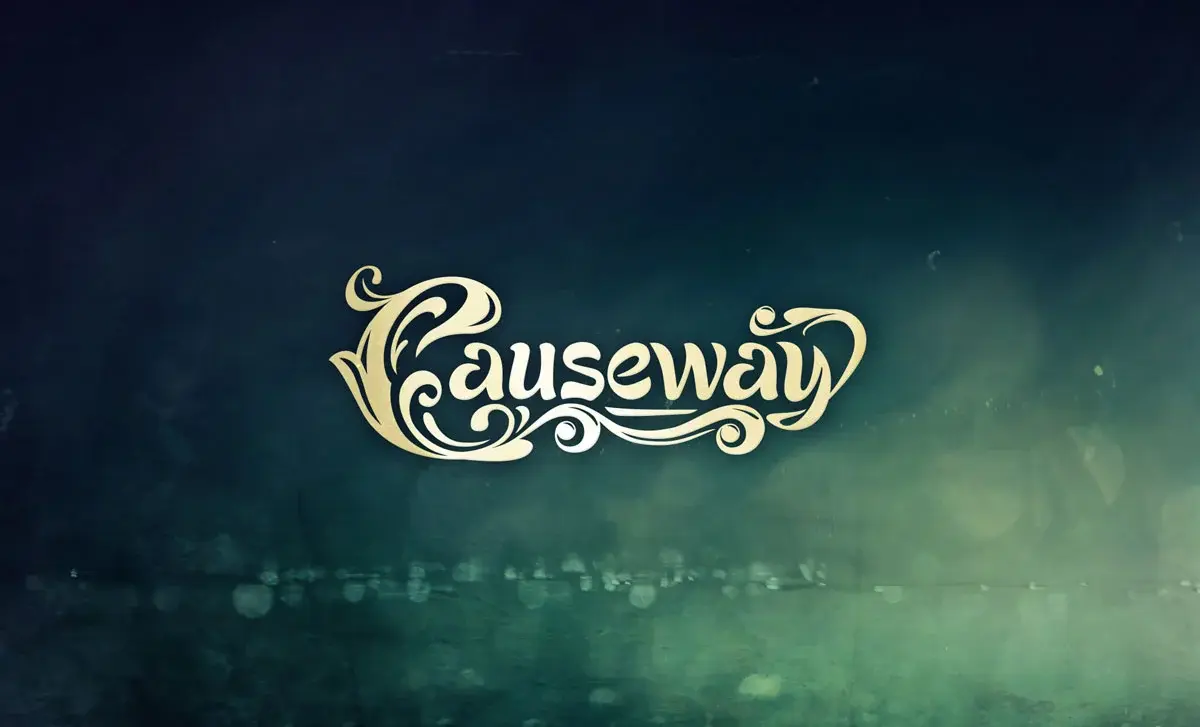
Sean, who also manages the site ‘Lane Pushing Games’, describes the titular genre as such:
“Lane pushing games is a term I like to use for games like DOTA, Heroes of the Storm, Smite and so on. It’s a term that fits under the umbrella of MOBAs or even an ARTS, but lane pushing games specifically involves games that have lanes. ”
Sean started working on Dota Outland more than 20 years ago, and parts of it still exist in modern DOTA 2 as we know it:
“Back in 2002, 2003, the very first DotA map came out and blew me away. It blew lots of people away because it had custom characters in a way nobody had ever seen before. I got totally into that and ended up modding one of the original DotA maps. There were many, many of those back in the day. I spent about 10 years modding as a teenager, just having great fun, building a small community and exploring different takes on DotA ideas. One of the fun little things you see in modern DOTA is that you have these two - almost fountains? - that are on the map. You go over and get a healing item. You’ve also got these two waygates which let you leap between North and South. Those are actually things that were in the old map that I made, so it’s fun to see that the ideas you explored are still relevant for modern players.”
Kybolt’s new game Causeway
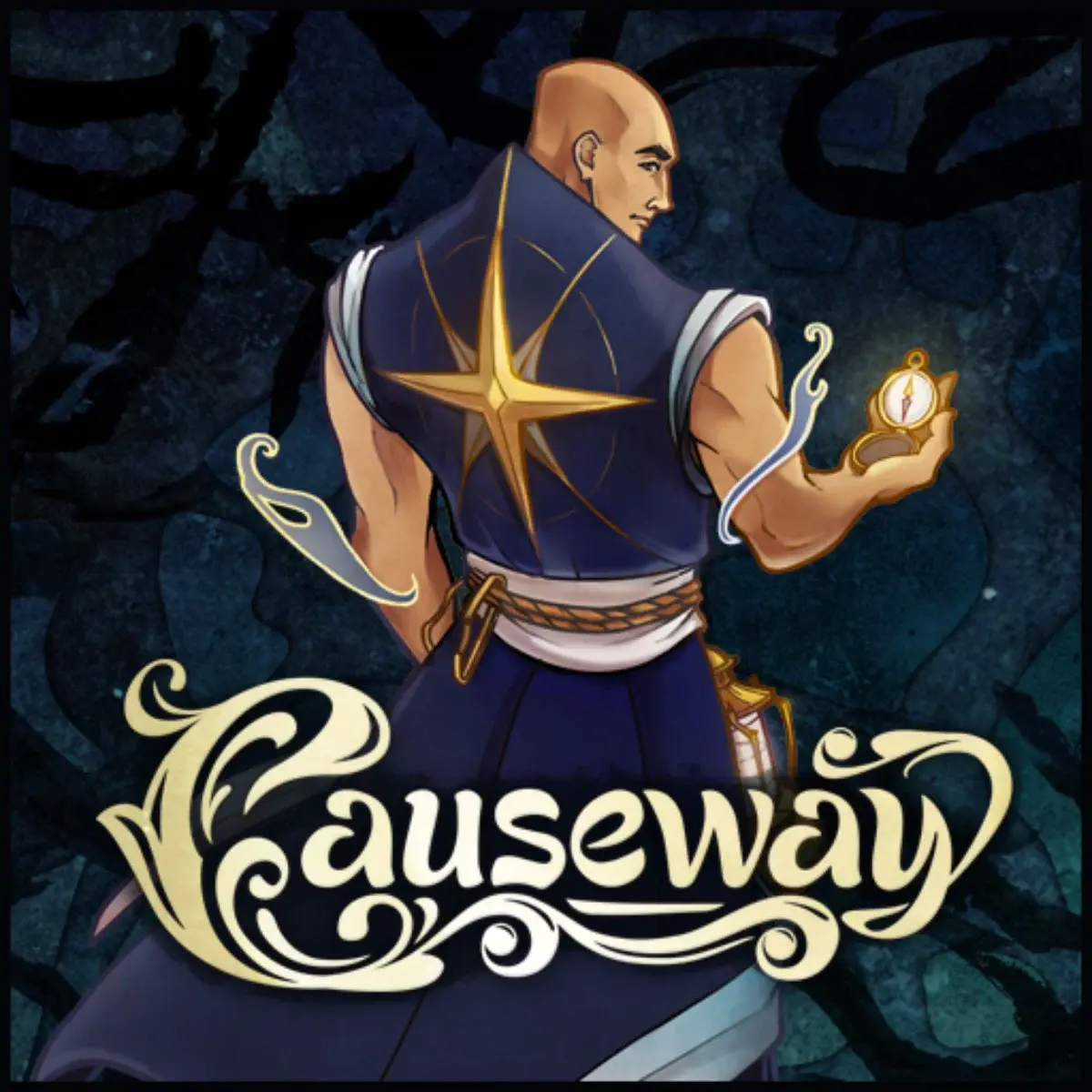
Moving on from his DotA modding days, Sean is now chipping away at game studio Kybolt’s first lane pushing game: Causeway. Kybolt’s game development team is made up of two experienced modders: Sean himself, former Eve of the Apocalypse: Twilight modder Mike ‘DarnYak’ Lorz and a team of advisors. Sean is Causeway’s lead designer, while Mike serves as lead programmer.
Causeway is described as a lane pushing game, much like DOTA 2, that aims to make, “teams feel like teams,” for everyone by focusing on leadership. Sean tells us that Causeway has been in the works since 2003, and he sees it, “as a continuation of the work from Dota Outland,” when he was trying to think up a standalone version of the game. In 2017, Mike and Sean came together to work on the game until the 2020 COVID-19 pandemic, when they decided to let players try an alpha version of the game.
Kybolt has fairly high, if admirable, ambitions: the studio wants to create, “a world where gamers recognise leadership as a learnable skill.” Sean specifically calls out toxicity in gaming as a persistent issue even with various studios looking into addressing the problem in their own multiplayer games. Blizzard Entertainment, for example, now monitors voice chat in Overwatch 2 for signs of toxicity. All that work to alleviate toxicity has never actually removed the problem altogether, which Sean ultimately attributes to, “people [getting] upset when they're exposed to toxic behaviours.”
Causeway intends to fix this by making each player of its 5v5 multiplayer game mode feel like a leader in different ways throughout a match, rather than force players to elect a singular leader to manage the team every match. Each player feels important because each player is equally valuable, and that value ultimately negates the toxicity that arises from teammates unsatisfied by each other’s performance.
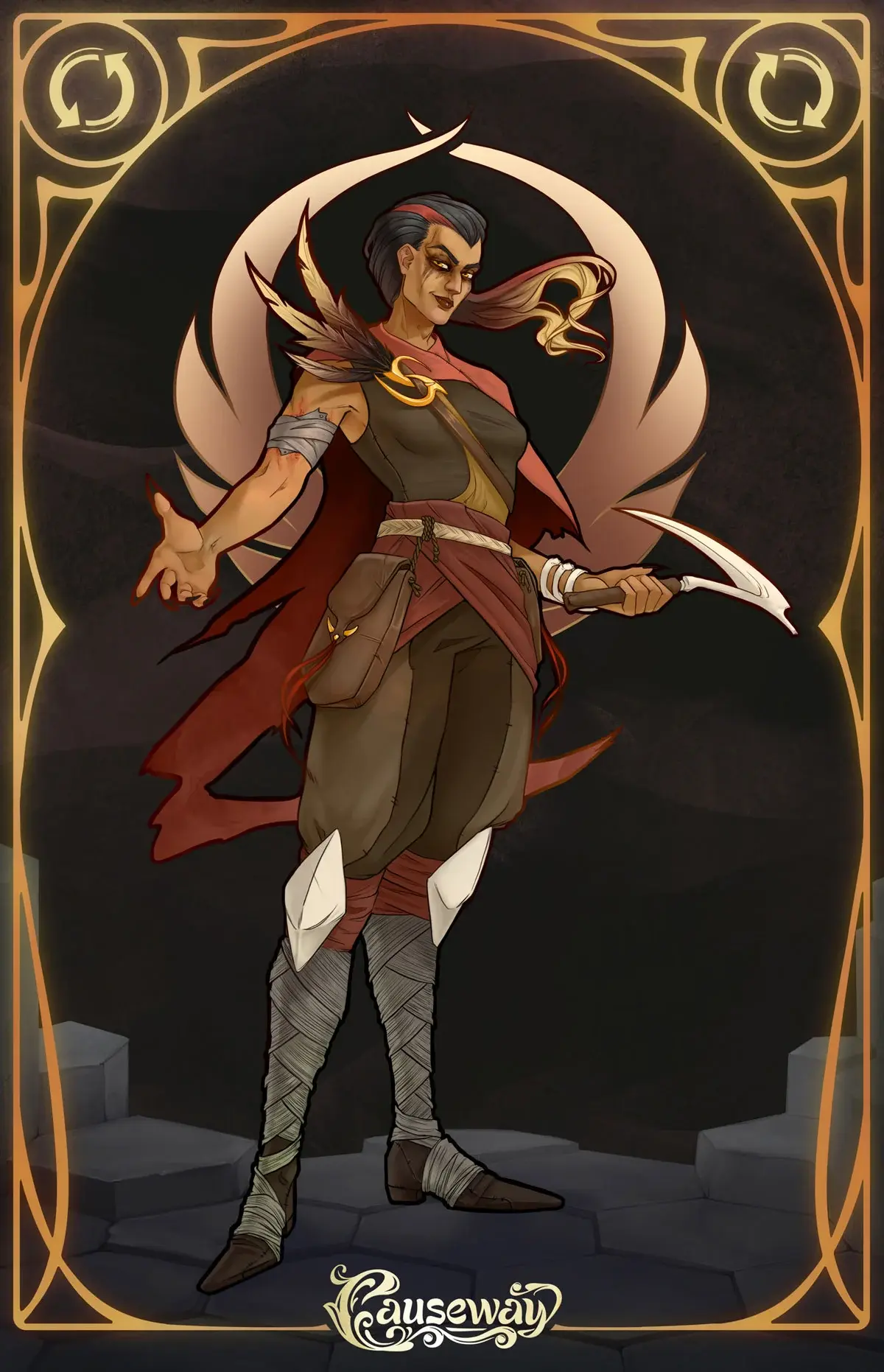
Sean lists an example: the DOTA 2 consumable Smoke of Deceit, which demands that players make an investment out of their own resources to invite teamplay. When a player pings their Smoke, teammates gather, because as Sean explains, “they understand that if we do this together, it's gonna be more efficient, that's going to get us kills, it's going to keep the enemy players from getting resources. It’s awesome for leadership.”
However, Sean also stresses that instruments like these are limited in DOTA 2, “So what happens if you design a game saying, ‘Okay, can we make sure that the repertoire is actually quite rich and fleshed out, and that there a lot of different options for how well the team can offer different kinds of direction?'. That's what we're thinking about in terms of game design.”
Causeway is in development as a top-down lane pushing game for PC with 5v5 PvP, and a co-op ‘lane pushing survival’ mode. Its matches last anywhere from 20-30 minutes, with a focus on, “inclusive play and positive leadership,” and, “fair monetisation which is not pay-to-win.” Kybolt is also designing Causeway with lore in mind, as it features an, “ongoing story with a beginning, a middle and an end,” and, of course, modding support included. Players can sign up to try the game’s alpha here.
Go forth and create art
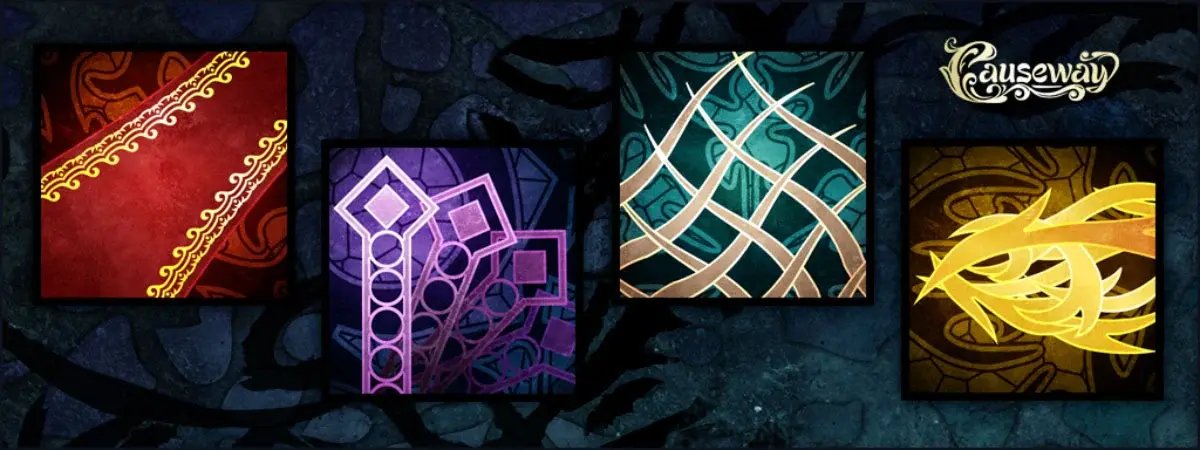
Sean Carlton and his game studio Kybolt are just one example of the many, many journeys fans have undertaken to become creators themselves. Videogames provide a constant source of inspiration to gamers from all walks of life, who then go on to carry that inspiration with them in different ways. You can create art based on the games you love, write about games online (guilty) or make games yourself.
Creators are ultimately fans who have something to say, and Sean certainly has something to say about leadership in lane pushing games. Who knows? This could end up being DOTA 2’s very own Stardew Valley.

